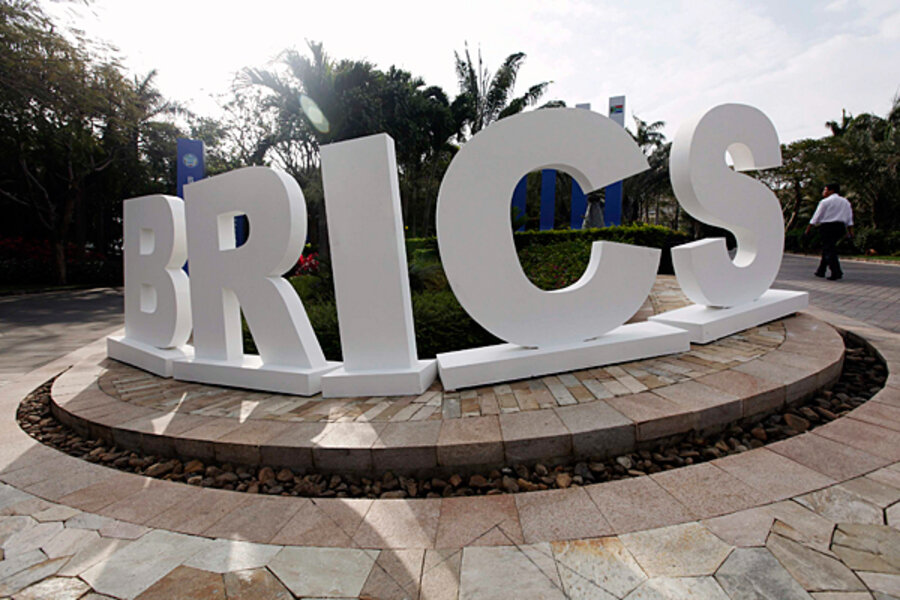Although not as talked about as India and China, there’s been no shortage of interest in Brazil’s $2.1 trillion economy. Although it exhibited slightly negative growth in 2009 (still far better than many other economies, whose negative growth was much greater), Brazil’s economy bounced back forcefully in 2010, showing 7.5 percent economic growth. It is the eighth-largest economy in the world, and economists project it will reach the No. 5 spot in the next few years. Years of growth have brought a majority of Brazilians into the middle class.
Brazil’s industrial and agricultural sectors drive much of that growth. Agriculture and agribusiness make up about 25 percent of the country’s gross domestic product and 36 percent of Brazilian exports, while the industrial sector – auto manufacturing, textiles, and machinery, to name a few – drives about a third of the country’s GDP. A privatization campaign and favorable trade policies have made Brazil a huge beneficiary of foreign investment.
Source: US State Department





